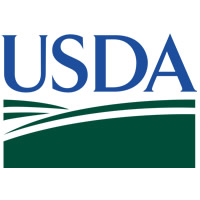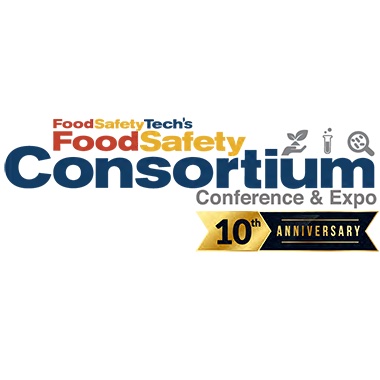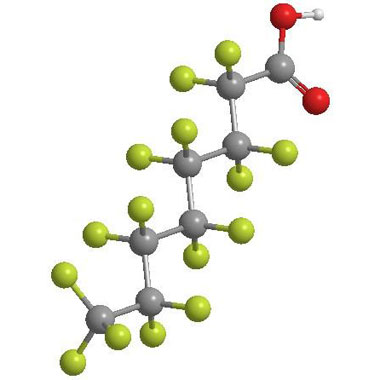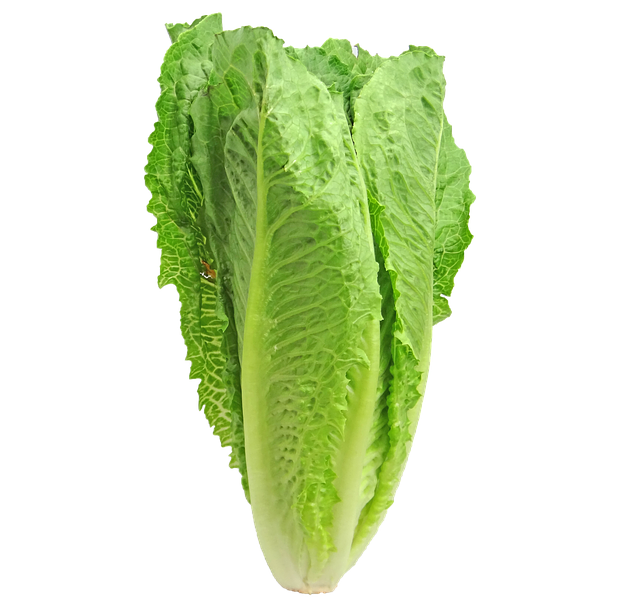

The FDA has announced two new safety food prevention strategies based on outbreak investigation findings. The new strategies cover imported enoki and wood ear mushrooms and bulb onions from the U.S. and Mexico.

The FDA has announced two new safety food prevention strategies based on outbreak investigation findings. The new strategies cover imported enoki and wood ear mushrooms and bulb onions from the U.S. and Mexico.

The expansion of the Public Health Information Systems, launching in October, will allow industry users to review and suggest modifications to FSIS data associated with their establishment profile.

Now in its 10th year, the 2022 Food Safety Consortium will bring together mid-to-senior level food safety and quality professionals for discussion, education and networking opportunities. The event takes place October 19-21 in Parsippany, New Jersey.

Frozen beef products and raw, ready to cook chicken products are among this month’s USDA FSIS recall and public health alerts due to undeclared allergens.

During the fall 2022 harvest season the FDA plans to collect about 240 lettuce samples at farms/ranches in the Salinas Valley that were identified by traceback investigations in recent years as being potentially associated with a foodborne illness outbreak in which lettuce or leafy greens were the likely or suspect food vehicle

Public concern and awareness of the risks of PFAS combined with increased regulatory action and a new method to break down some of the most harmful compounds are signaling the food and beverage industry that its time to embrace detection and mitigation.

The USDA Food Safety and Inspection Service (FSIS) has issued a public health alert for poultry and meat products containing an FDA-regulated corn starch that has been recalled due to an undeclared allergen, specifically milk.

“Communities have suffered far too long from exposure to these forever chemicals. The action announced today will improve transparency and advance EPA’s aggressive efforts to confront this pollution, as outlined in the Agency’s PFAS Strategic Roadmap.”

The CDC, public health and regulatory officials in several states, the FDA and the USDA-FSIS are collecting data to identify the food source of the outbreak and confirm whether romaine lettuce is the source.

The third phase will help determine the feasibility of deploying in-house AI/ML models using the intelligence that FDA extracts from the data collected while reviewing millions of import entries per year.